Size: Single Plant | 2.5″ Pot Included
The Banana Boston Fern, scientifically known as Nephrolepis exaltata ‘Bostoniensis Aurea’, is a cultivar of the popular Boston Fern prized for its bright, yellowish-green fronds, resembling the color of a banana. Caring for a Banana Boston Fern is similar to caring for a regular Boston Fern, with a few key considerations to maintain its unique coloration.

Here’s a detailed guide to Banana Boston Fern care:
Light:
- Bright, Indirect Light: Banana Boston Ferns thrive in bright, indirect light. Too much direct sunlight can scorch their delicate fronds, while insufficient light can lead to the loss of their vibrant yellow color and result in sparse growth.
- Ideal Placement: An east or north-facing window is usually ideal. If you place it near a south or west-facing window, use sheer curtains to filter the intense sunlight. They can also do well under fluorescent grow lights if natural light is limited.
- Outdoor Placement (Summer): If you take your fern outdoors during warm weather, place it in a spot with partial to full shade to protect it from direct sun. Morning sun and afternoon shade are often a good combination.
Watering:
- Consistent Moisture: These ferns prefer consistently moist but not waterlogged soil. The key is to find a balance.
- Watering Frequency: Water thoroughly when the top inch of the soil feels slightly dry to the touch. During the active growing season (spring and summer), you may need to water more frequently, possibly every 2-3 days indoors, and even daily for outdoor plants in hot weather. Reduce watering in the fall and winter when the plant’s growth slows down; watering once a week or every other week might be sufficient.
- Water Quality: Boston ferns can be sensitive to the chemicals in tap water, such as chlorine and fluoride. If possible, use rainwater, distilled water, or let tap water sit out overnight to allow some of the chemicals to evaporate.
- Drainage: Ensure your pot has good drainage holes to prevent the roots from sitting in water, which can lead to root rot. Always remove any excess water that collects in the saucer.
Humidity:
- High Humidity Lover: Banana Boston Ferns thrive in high humidity levels, ideally above 50%. Low humidity can cause the frond tips to turn brown and crispy.
- Increasing Humidity:
- Misting: Mist the fronds regularly with room-temperature water, especially during dry seasons or if you use indoor heating or air conditioning.
- Pebble Tray: Place the pot on a tray filled with pebbles and water. As the water evaporates, it increases the humidity around the plant. Make sure the bottom of the pot is not sitting directly in the water.
- Humidifier: Using a humidifier is an effective way to maintain consistent humidity levels.
- Grouping Plants: Grouping your Banana Boston Fern with other humidity-loving plants can create a beneficial microclimate.

Soil:
- Well-Draining and Rich: Use a high-quality, well-draining potting mix that is rich in organic matter. A peat-based mix with added perlite or vermiculite is often recommended to ensure good drainage while retaining some moisture.
Temperature:
- Moderate Temperatures: Banana Boston Ferns prefer temperatures between 60°F and 75°F (15°C to 24°C). Avoid placing them near drafts from air conditioners or heating vents, as well as extreme temperature fluctuations. Temperatures below 50°F (10°C) can harm the plant.
Fertilizing:
- Light Feeder: Boston ferns are not heavy feeders. Fertilize monthly during the spring and summer with a balanced liquid houseplant fertilizer diluted to half the recommended strength. Avoid fertilizing in the late fall and winter when the plant is not actively growing. Over-fertilizing can lead to salt buildup in the soil and burn the leaves.
Pruning and Maintenance:
- Remove Dead Fronds: Regularly remove any yellow, brown, or dead fronds at their base using clean, sharp scissors or pruning shears. This encourages new growth and helps maintain the plant’s appearance and health.
- No Heavy Pruning Needed: Boston ferns generally do not require heavy pruning.
Repotting:
- When Rootbound: Repot your Banana Boston Fern when it becomes rootbound, which is usually every 1-2 years. Signs of being rootbound include roots growing out of the drainage holes or the plant drying out very quickly after watering.
- Choose the Right Pot: Select a pot that is only slightly larger (about 1-2 inches wider in diameter) than the previous one. Ensure the new pot also has drainage holes.
- Best Time to Repot: Spring or early summer is the best time for repotting.
Propagation:
- Division: The easiest way to propagate Boston ferns is by division during repotting. Gently remove the plant from its pot and carefully separate the root ball into sections, ensuring each section has some fronds and roots. Plant each division in its own pot with fresh potting mix.
- Spores: While it’s possible to propagate ferns from spores, it is a more complex and time-consuming process that is not typically done by home gardeners.
Common Problems:
- Brown or Crispy Fronds: Often caused by low humidity or underwatering. Increase humidity and ensure consistent soil moisture.
- Yellowing Fronds: Can be a sign of overwatering, poor drainage, nutrient deficiency, or sometimes natural aging of older fronds. Adjust watering habits, ensure proper drainage, and consider fertilizing during the growing season.
- Pale or Scorched Fronds: Indicates too much direct sunlight. Move the plant to a location with bright, indirect light.
- Pests: Boston ferns can occasionally attract pests like spider mites, mealybugs, or scale insects. Inspect your plant regularly and treat any infestations promptly with insecticidal soap or neem oil.
By providing the right balance of light, water, humidity, and nutrients, your Banana Boston Fern will thrive and add a touch of bright, elegant foliage to your indoor or outdoor space. Remember to observe your plant and adjust your care routine as needed based on its specific environment and the changing seasons.
Only logged in customers who have purchased this product may leave a review.

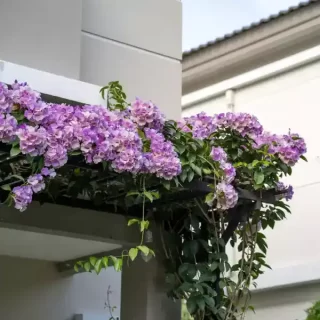
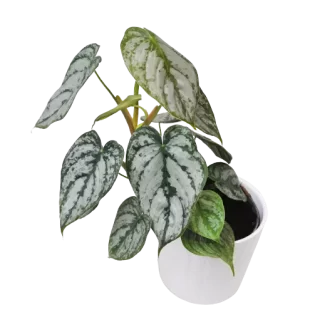
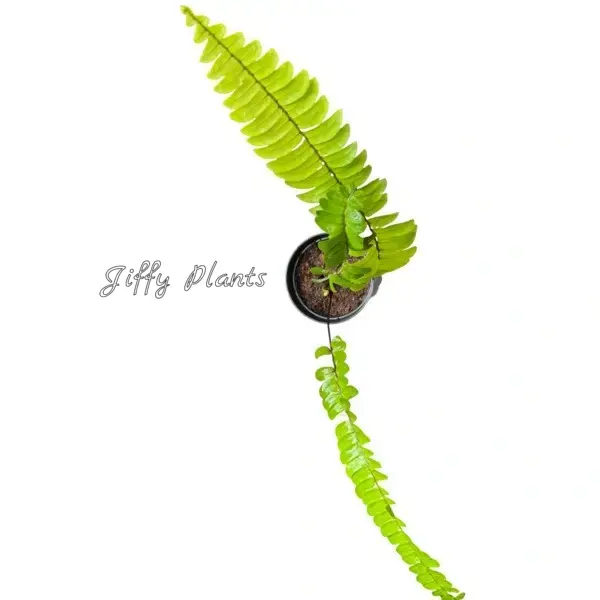
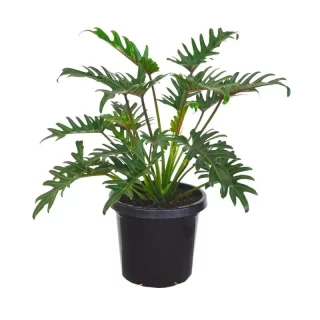
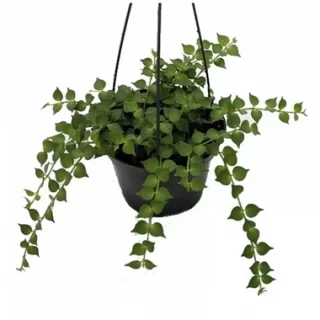
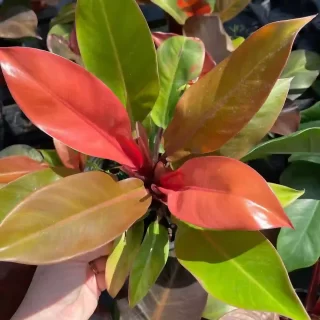
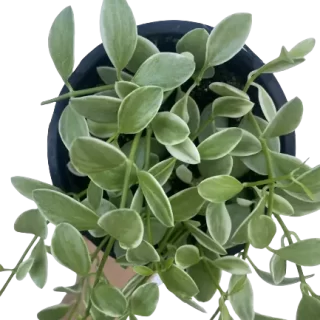
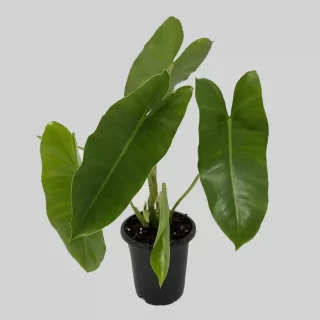
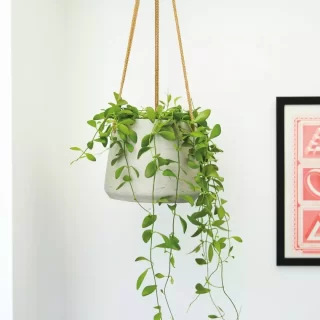
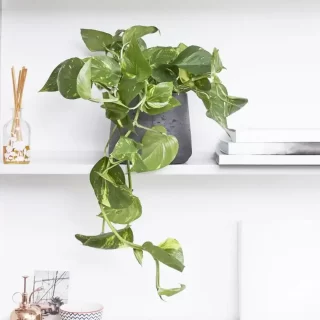
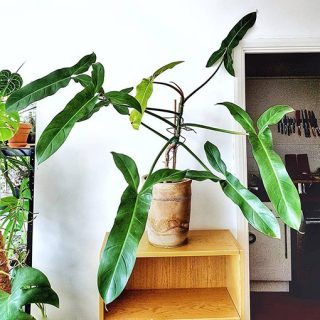
 If you need any assistance, I'm always here. Have you found what you were looking for?
If you need any assistance, I'm always here. Have you found what you were looking for?
Reviews
There are no reviews yet.